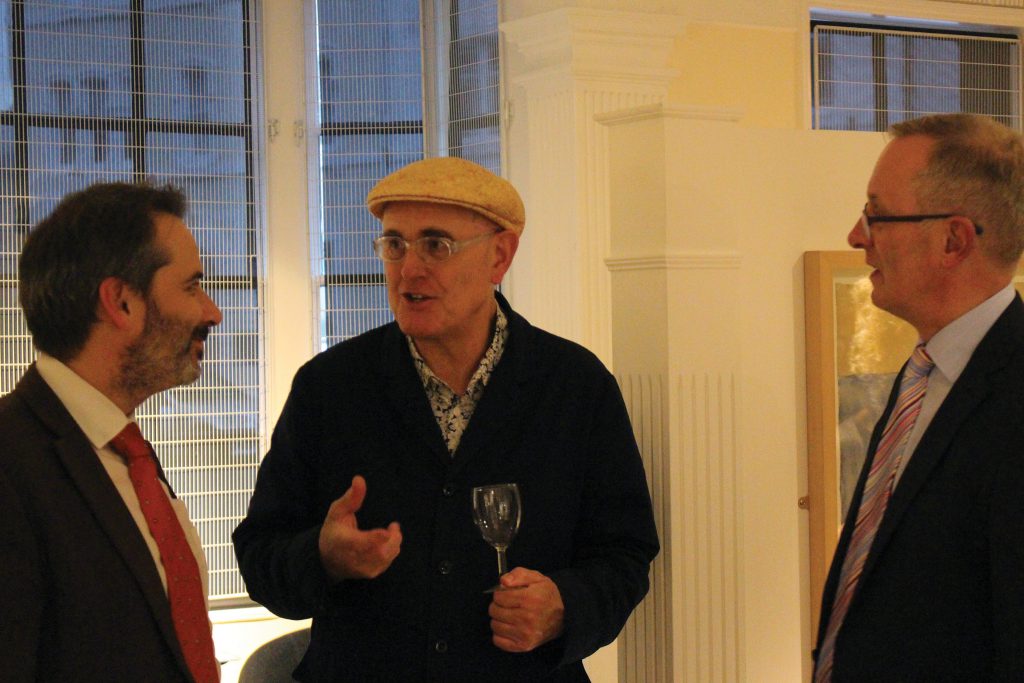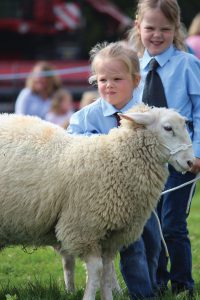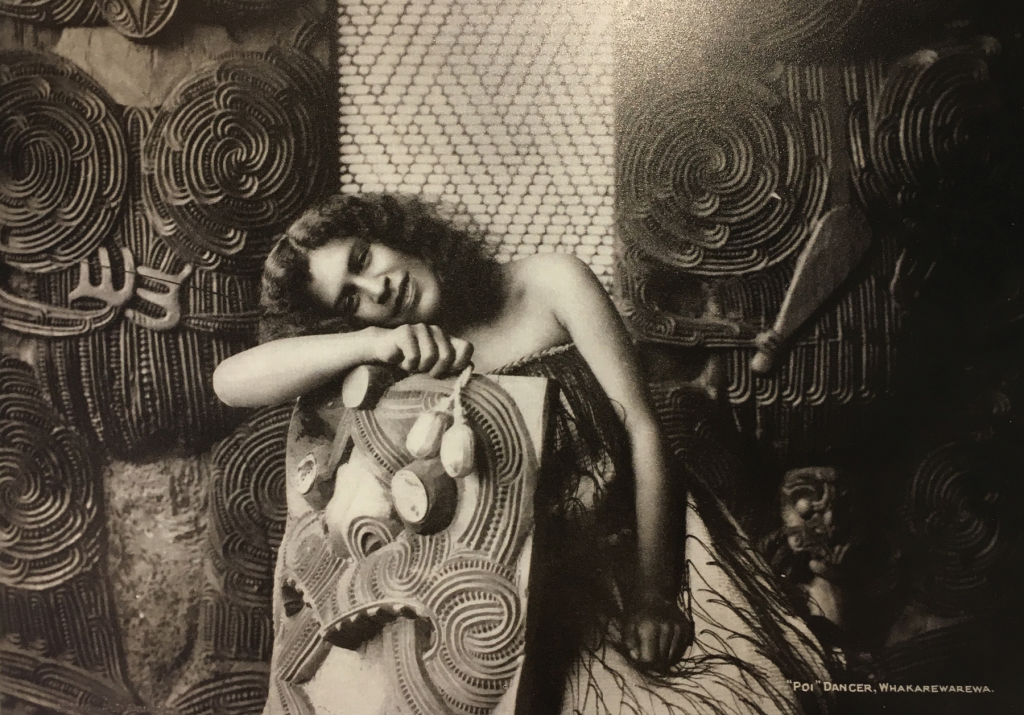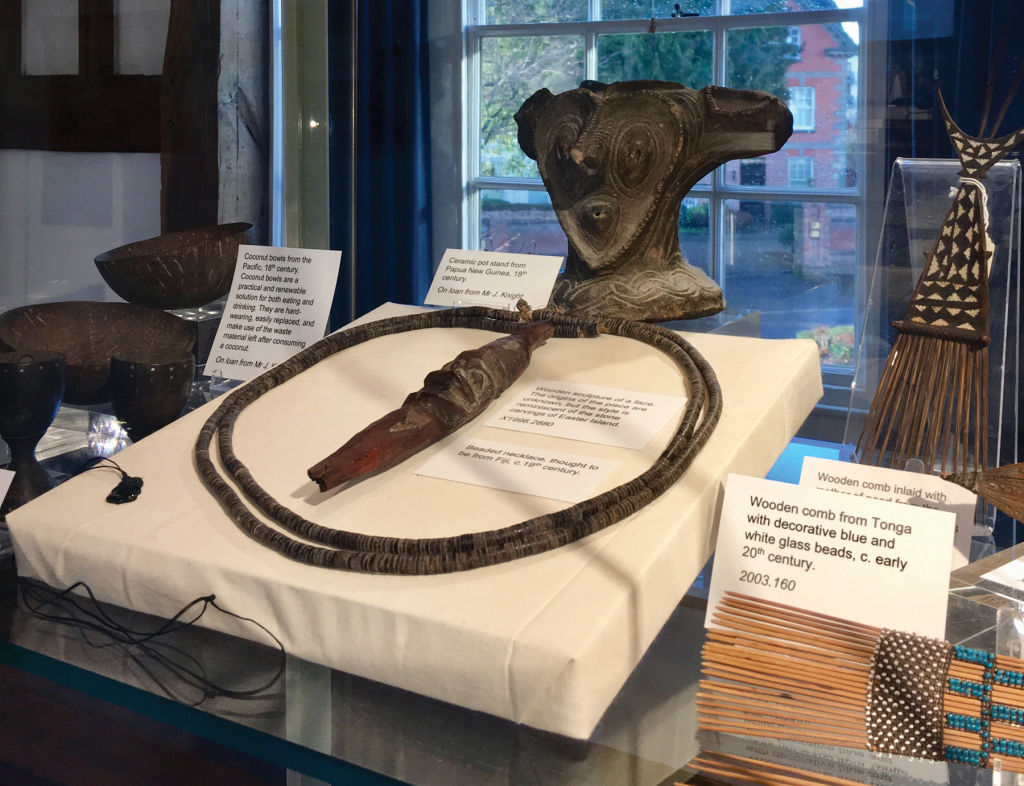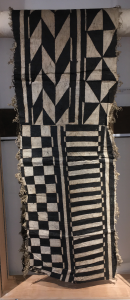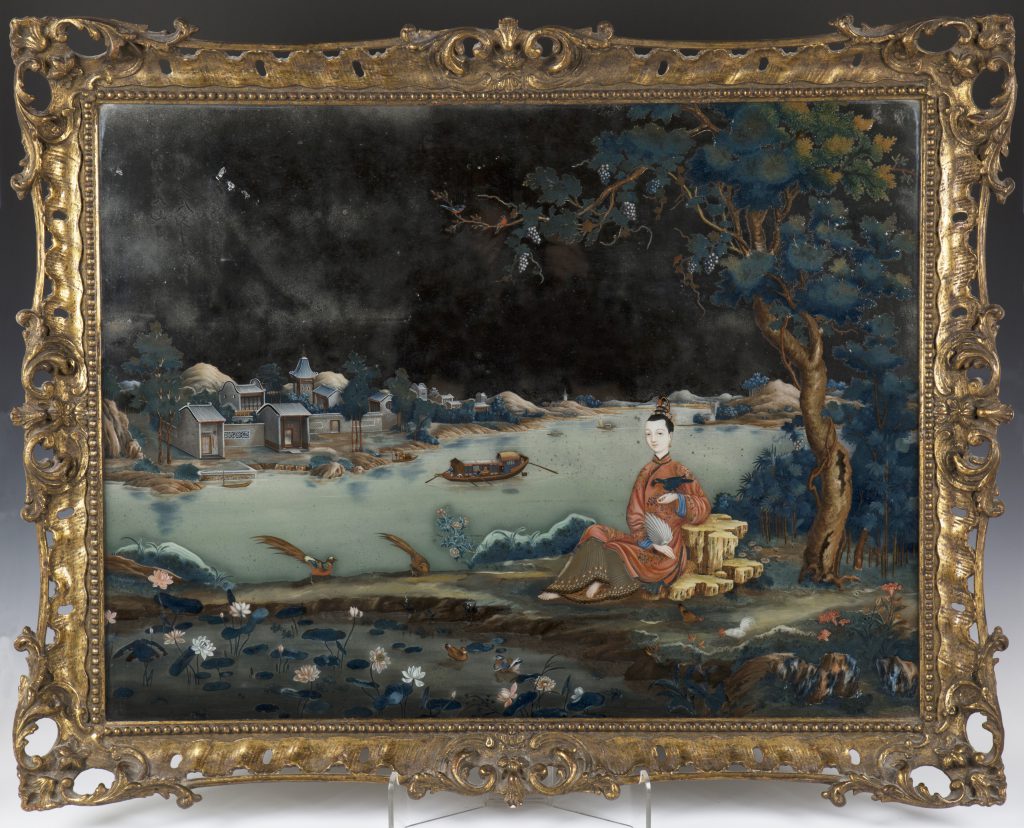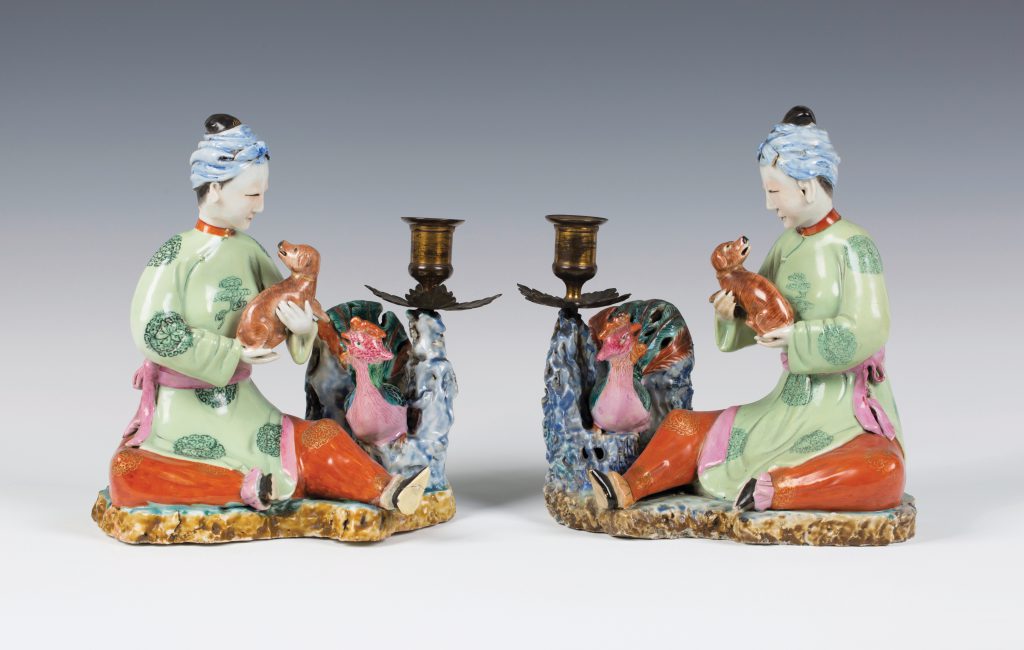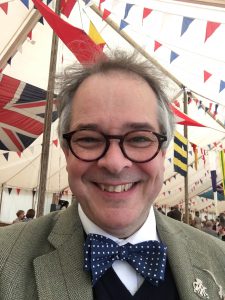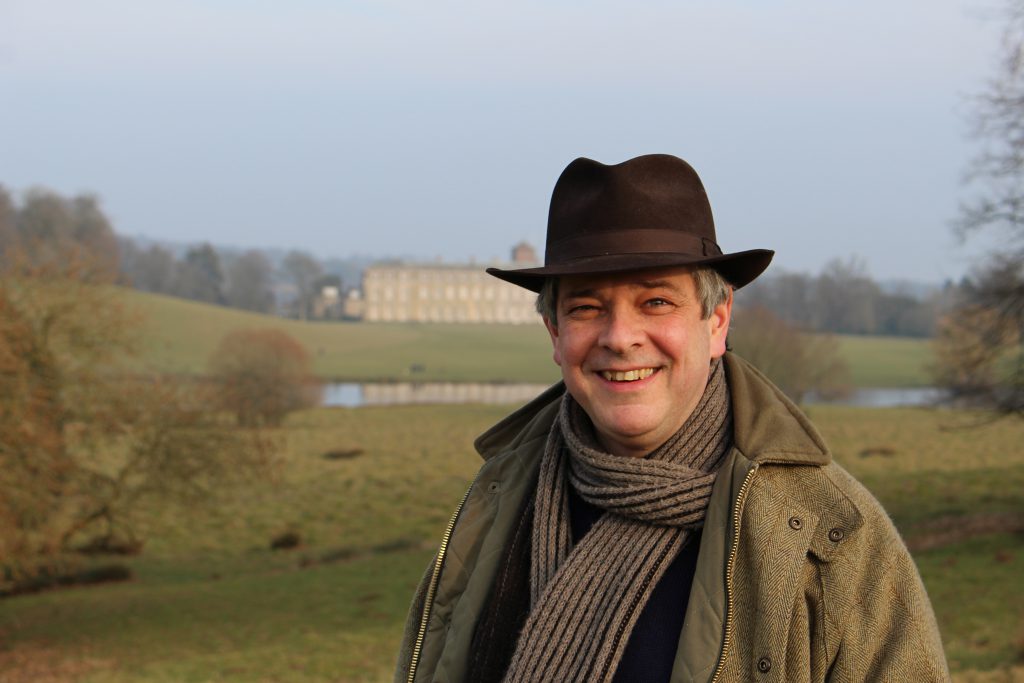
Inspired by the Horsham Museum & Art Galleries latest exhibition of local landscapes I have been trying to walk off my Christmas indulgence, with my terrier Bonnie in the beauty of the Sussex countryside. And what strikes me is how influential and important human stewardship and industry has been to the appearance and beauty of our landscape.
A great favourite of ours is the circular walk at the top of Chantry Hill at the back of Storrington. From the car park you follow the footpath to the west. The views carry your eye across the undulating hills of the Angmering Park Estate to the sea at Worthing and the Isle of Wight. Leaving the main path and heading North the ground steadily rises until the view opens onto the Sussex Weald. A few hundred yards to the east between Kithurst Hill and Chantry Hill you come upon a late Bronze Age / Iron Age cross dyke. The deep ditch and steep embankment still defines its boundary and affords the most wonderful views with Storrington below. As you walk in this man made earthworks you have a real sense of the ancient and your place in the procession of history. It is farming which has created and preserved the Downland landscape which surrounds it.
At Petworth Park the qualities of the picturesque are alive in Capability Brown’s man made landscape, preserved and maintained by The National Trust.

Bonnie and I love to walk through the park and around the lake. The house and park are united in the landscape. Here you come upon a series of constructed, vignette views onto sweeping areas of grass, curving lakes and beautifully conceived woodland clumps of trees. It is as though you are walking in a series paintings.
This aesthetic was born out of the rococo in reaction to the formal straight lines and topiary of the French royal gardens designed by André Le Notre (1613-1700), which had been made popular in England in the late 17th and early 18th centuries by George London (d.1714) and Henry Wise (1653-1738). Together they had created the parterres not only at Petworth but also at Hampton Court Palace, Chatsworth and Longleat.
In early 18th century England there was a political desire, held by both the Whig government and Hanoverian King George I, to distance themselves from the excesses of the French Court at Versailles. This combined with a fascination for ‘unbounded nature’. In this climate Capability Brown’s park landscapes evolved in dialogue with his patrons. Perhaps this is why his idealised landscapes speak into the hearts and imaginations of the English and, in part, define us.
Sussex and her landscape continues to inspire successive generations of artists, writers and composers as she has over the centuries. I look forward to exploring the Sussex landscape and the continuing contribution of its contemporary stewards to the identity and heritage of the county.
By Rupert Toovey, a senior director of Toovey’s, the leading fine art auction house in West Sussex, based on the A24 at Washington. Originally published in the West Sussex Gazette.
